Keeping our knees behind our toes has long been the norm in training and injury prevention protocols, however, often that movement cannot be avoided in our daily activities or specific sport movements.
The most common example where we cannot avoid our knees travelling forward would be walking down stairs or downhill. It would be near impossible to walk down stairs or down a hill without our knees travelling past our toes to allow our other foot to contact the ground. In fact without this natural movement we would all be walking down stairs and hills sideways! Take a look at the image below of someone walking down stairs.
This is also seen when we walk down hills.
It is natural and inevitable for the left knee to pass the toes in order for the person to get that right foot to touch the lower step or ground in both circumstances. This same principle applies to most sports which involve explosive movements such as sprinting or jumping. We’ll have a look at a few professional athletes where the knee over toe movement is essential.
First off let’s take a look at Michael Jordan. As you can see from this image below, as he is accelerating towards the ring this forward travelling of the knee is normal and essential.
We can also see this in the tennis legend, Roger Federer to generate huge amounts of power right before he serves.
Finally, we have Christiano Ronaldo as he is about to change directions and strike the ball, this forward translation of the knee is crucial.
So if this movement where our knees travel past our toes is so normal and unavoidable, instead of preventing that movement in training it should be encouraged and promoted. The main muscle involved in this movement is the eccentric control of our quadriceps. Below are a few exercise ideas to get you started building up that strength in that range!
- Step down – start with a height where you can do 20 repetitions (the higher the step, the harder the exercise). No fancy equipment needed but will really give your quads a workout! Note that the heel that strikes the ground should be light and most of your body weight should be on the leg on the step.
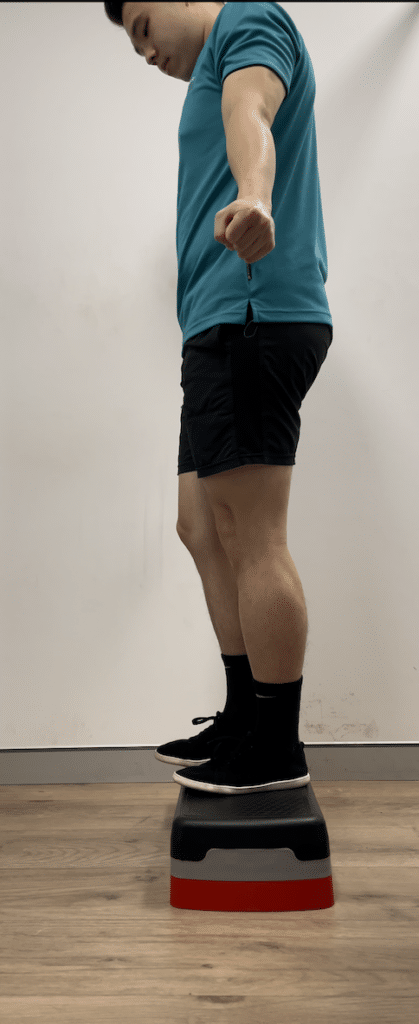
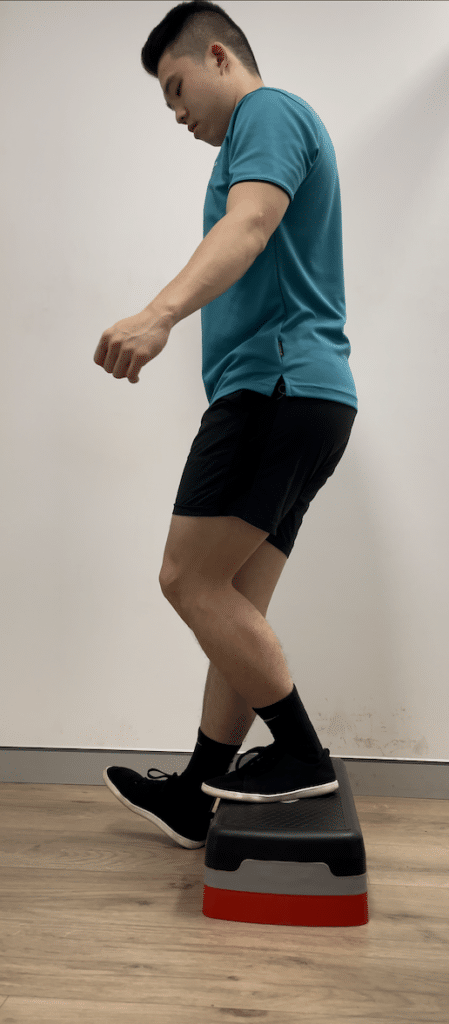
- Heel Elevated Squats – putting a book behind your heels is usually perfect! You can load this exercise up by holding something in your hands. Aim for a weight where you can perform 10 repetitions.
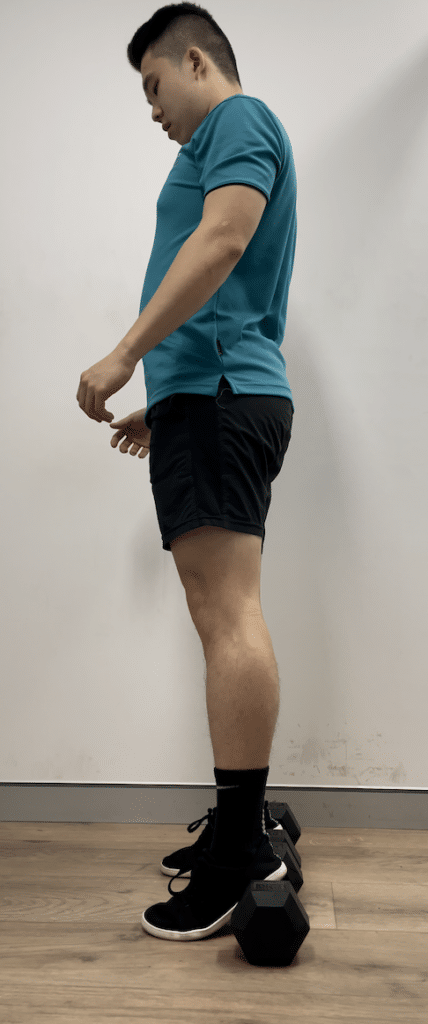

- Sissy Squat (There’s nothing sissy about these squats!)
The higher your target, the easier the exercise. Aim for a height where you can complete 8 repetitions. Start by using a stick in between your legs for balance. Once you get the hang of it, do it freehand! Your back should be in a straight line with your legs. Try not to bend at your hips.
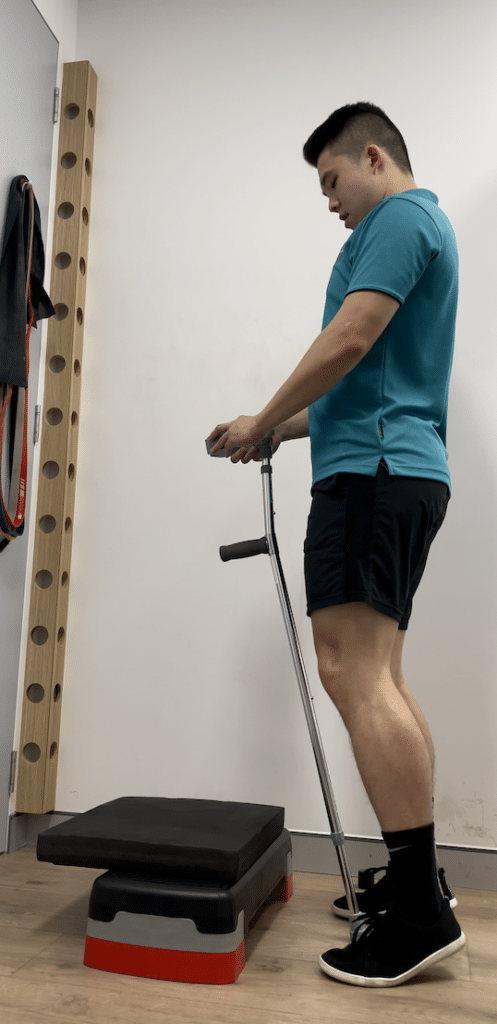
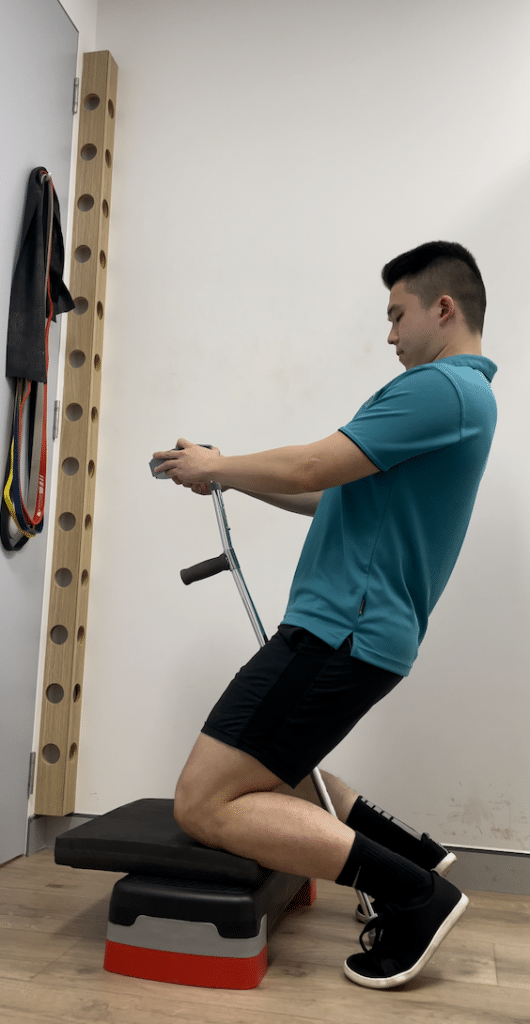
Remember to always choose a difficulty for each of those exercises where you do not aggravate your knee. You can always increase the difficulty of each exercise as your strength improves! Make sure to talk to your physiotherapist or exercise physiologist if any of the above exercises are provoking your knee pain.
Martin Yao, Physiotherapist

